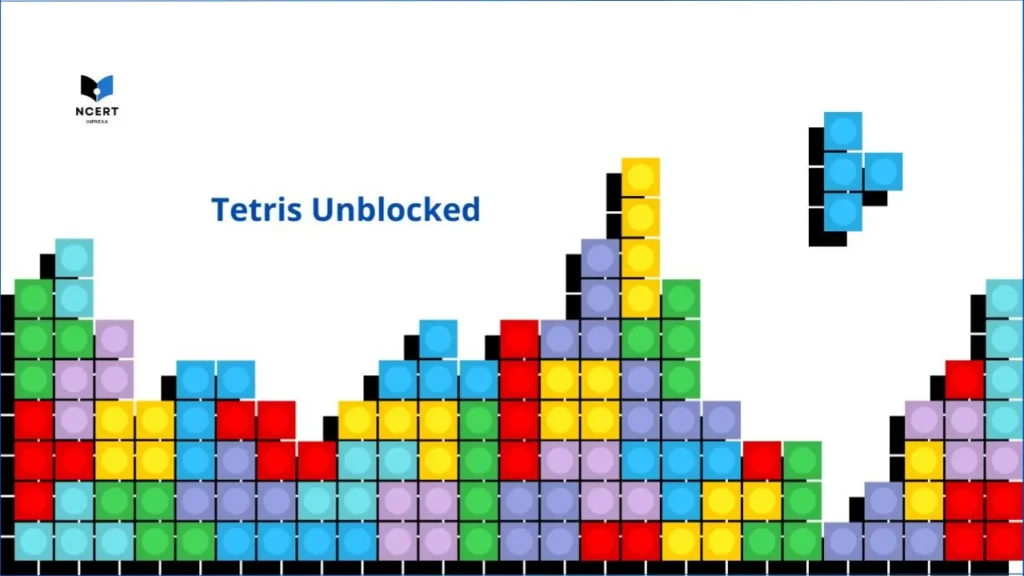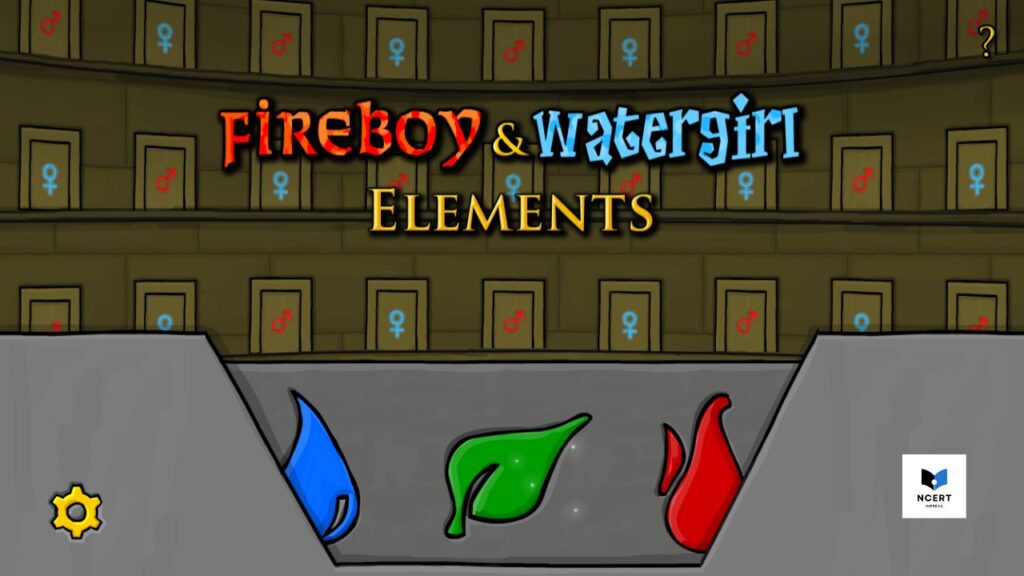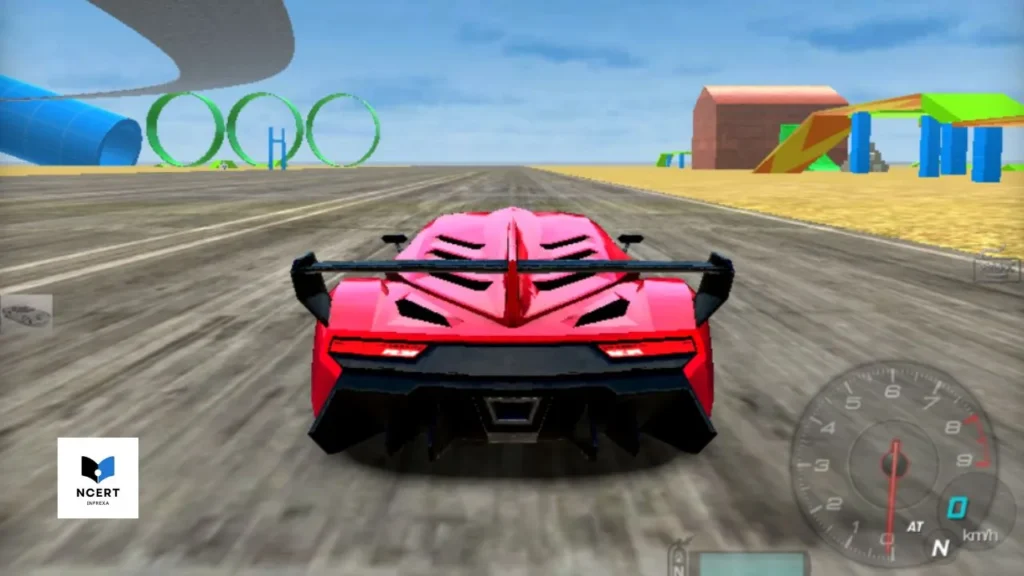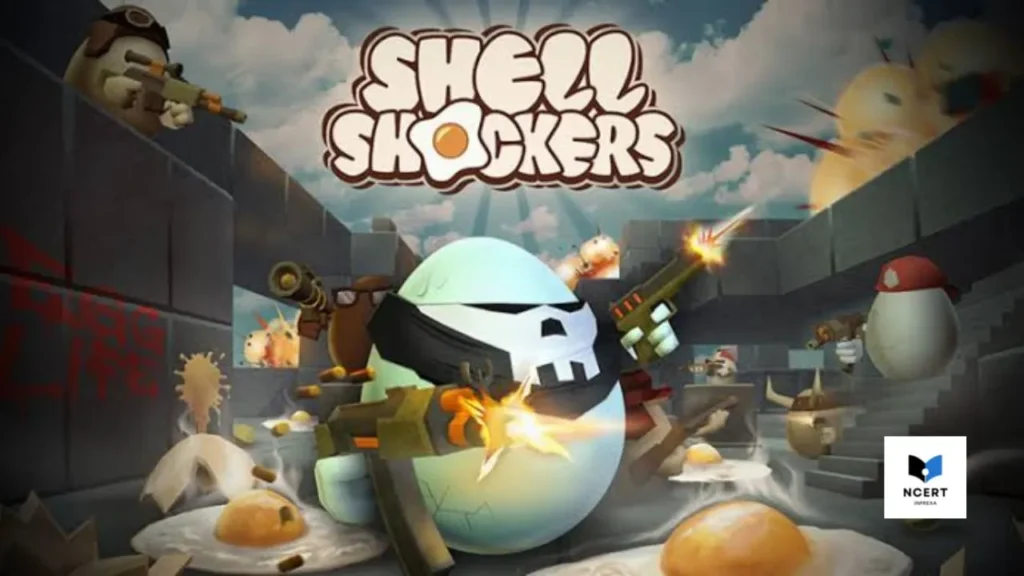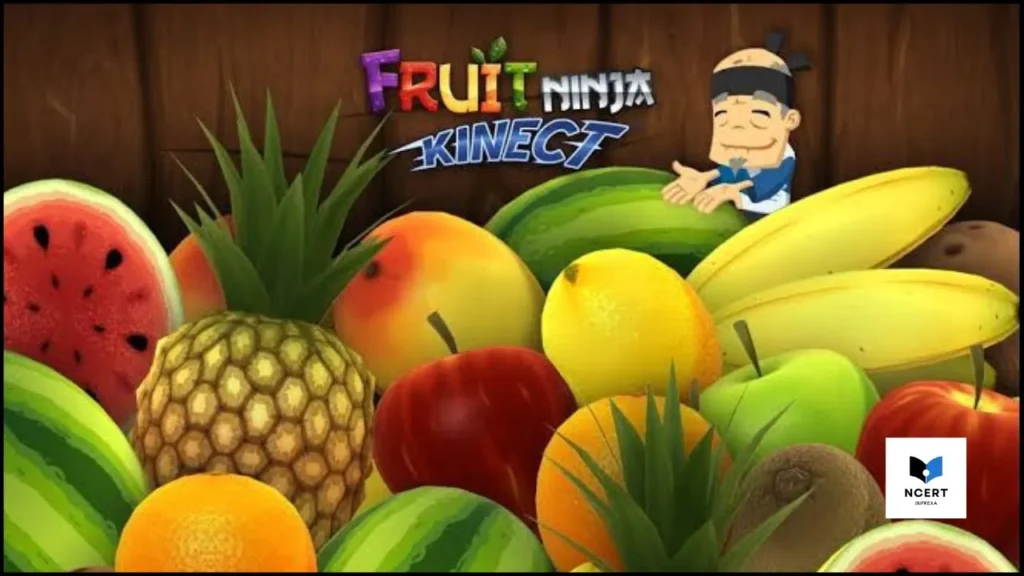Tetris is a puzzle game created in 1984 by Russian software engineer Alexey Pajitnov. At its core, it is simple: stack falling blocks to form complete horizontal lines before they reach the top of the playing field.
Through extensive gameplay, it becomes clear that mastering Tetris depends on strategic planning, anticipating upcoming Tetrominoes, and maintaining a clean, adaptable stack to prevent gaps. These elements separate casual line-clearers from high-score achievers.
To really boost your game on any platform – phone, PC, or Switch – you need to shift your focus to the advanced strategies that keep your board clean and your score soaring.
A Quick History of Tetris
Tetris was developed in the Soviet Union. The Game Boy release in 1989 brought Tetris to millions of players worldwide, cementing its status as a classic. Over the years, licensing disputes and international releases introduced it to a variety of platforms – from consoles to mobile devices and browser-based versions – while competitive communities started forming, turning Tetris into one of the first esports-ready puzzle games.
Core Gameplay & Modern Mechanics
Tetris is played inside a vertical grid known as the well, where seven unique four-block shapes, or Tetrominoes, fall one at a time. Your goal is to rotate and position them to complete horizontal lines, which then disappear and earn points. The game ends when the stack reaches the top of the well.
| Piece Name | Letters | Essential Function |
| I-piece (Line) | I | The most valuable piece. It’s the only one that can clear four lines at once (a “Tetris”). Always reserve it! |
| O-piece (Square) | O | The easiest to place, used primarily for leveling the board. |
| T-piece | T | Crucial for T-Spins – a high-scoring, advanced move where you twist it into a tight, T-shaped gap. |
| L, J, S, Z | L, J, S, Z | Used for filling the main stack and building overhangs to set up future clears. |
Modern Tetris versions follow the Tetris Guideline, which adds essential features for strategy and planning:
- Hold Queue: This strategic tool allows you to store one piece for later use. I consider the Hold button to be the second most important control after the Hard Drop.
- Ghost Piece: A shadow shows where a Tetromino will land.
- Hard Drop: This feature allows players to instantly drop a piece to the bottom, saving time and precision.
- Next Queue: It displays several upcoming pieces to help plan ahead.
These features transform Tetris into a game of rapid decision-making and long-term strategy. Switching from classic Game Boy Tetris to modern PC versions, the Hold Queue alone introduced a level of control I had never experienced before.
Controls
While keys vary by platform, the standard PC layout is:
| Key | Action |
|---|---|
| Left/Right Arrow | Move piece horizontally |
| Up Arrow / X | Rotate clockwise |
| Z | Rotate counter-clockwise |
| Down Arrow | Soft drop (accelerate fall) |
| Spacebar | Hard drop (instant fall) |
| Shift/C | Hold a piece for later |
Once you internalize these controls, your ability to stack efficiently and plan ahead improves noticeably.
Beginner Mistakes vs. Expert Play
Casual players often focus on survival, clearing lines as they appear. Experts approach Tetris differently:
Build for Big Clears
Instead of clearing lines immediately, aim to set up Tetrises – four-line clears using the long “I” piece. The common 9-0 stacking technique involves building a flat surface across nine columns, leaving one vertical well open for the I-piece. Timing this correctly maximizes points and gives a competitive advantage.
The T-Spin
The T-Spin involves rotating a T-piece into a tight slot, often creating a line clear that seems impossible. Proper execution grants bonus points and, in competitive modes, sends additional lines to opponents. Successful T-Spins require planning overhangs and maintaining a clean stack. The first time I executed a clean T-Spin Double, I understood why advanced players prioritize setup over immediate clearing – it is a precise and skillful puzzle.
Up-Stack Strategically
Rookie instinct is to clear lines as soon as possible. Experts stack higher intentionally, creating setups for multiple-line clears. The challenge is maintaining flexibility: avoid holes that can only be filled by a specific piece. Flat, adaptable stacks allow efficient use of any incoming Tetromino.
Why Tetris Still Matters
Modern versions such as Tetris 99 (Nintendo Switch) and Tetris Effect: Connected illustrate how Tetris continues to challenge players. Tetris 99 is a competitive 99-player battle royale where clearing lines attacks other players. Tetris Effect combines music, visuals, and gameplay into an immersive experience. Browser-based platforms like Tetr.io and Jstris offer training modes, community play, and advanced setups.
Frequently Asked Questions
Q: Does Tetris have an ending?
A: In standard modes, no. Play continues until the stack reaches the top of the well.
Q: What is a T-Spin Mini?
A: A smaller T-Spin rotation meeting the 3-corner rule but with reduced points. Useful in competitive play for setting up combos.
Q: Where can I play Tetris today?
- Nintendo Switch: Tetris 99, Tetris Effect: Connected
- Mobile (iOS/Android): Official Tetris app
- PC/Browser: Tetr.io, Jstris, licensed browser versions


You may also like Block Blast Online
